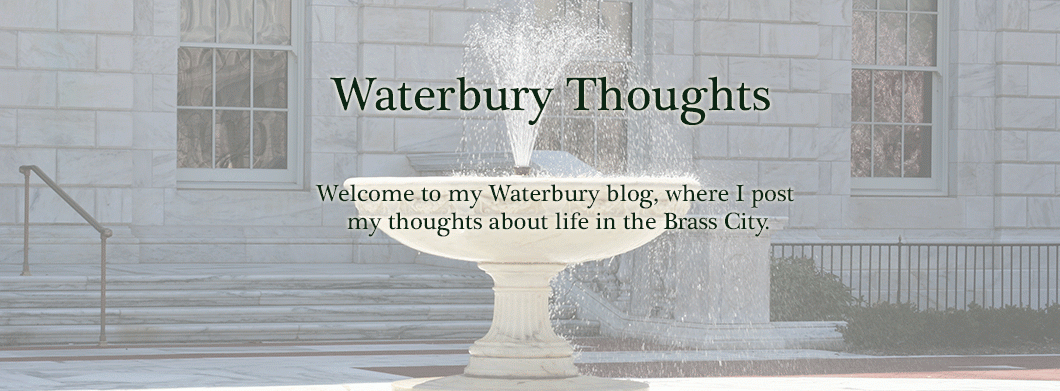Earlier this week I gave a tour of downtown Waterbury to a group from Naugatuck Valley Community College. The tour was based on one I originally created while working on the Fortune's Story project at the Mattatuck Museum several years ago, telling the story of Waterbury's first African Americans at the end of the 1700s.
Giving the tour brought me back to something I haven't look at in a while, the story of Joseph Munn, who was brought to Waterbury in 1773 as the slave of William Nichols, whose father, brother and brother-in-law were also slave owners.
Although held in slavery, Munn enlisted as a private in the Continental army in 1776, in Col. Thaddeus Cook's regiment which fought in both battles at Saratoga. Munn served in the army through the entire war, risking his health and life to fight for the new nation's independence.
In 1780, Joseph Munn, still in the army, petitioned the Connecticut General Assembly to free him from slavery. William Nichols, a Loyalist, had fled to Nova Scotia.
Joseph Munn's petition is in the Collection of the Connecticut State Library, State Archives in Hartford.
The opening paragraph of Munn's petition is incredibly powerful, a plea not just for his own freedom, but an argument against the very existence of slavery and inequality:
“The Petition of Joseph Munn, a poor African Humbly sheweth that your unfortunate Petitioner, while but a Child, was Snatched by the hand of Fraud and violence from his Native Land and all his dear Connexions and brought into this Land, and notwithstanding by the Constitution of the Great Parent of the Universe who hath made of one blood all Nations of men for to dwell on the face of the earth, he was in Common with others entitled to Freedom and the unalienable rights of Humanity, yet in Violation thereof he was Sold a Slave for Life....”
Maybe part of what gives me the chills is that it was not obvious at the time, not actually "self-evident", that all men are of "one blood", that we are all equal. The world had centuries, even millennia, of history in which some people considered themselves inherently superior and others inherently inferior.
Joseph Munn, after four years of fighting for America's freedom, stood up and declared that he too was "entitled to Freedom and the unalienable rights of Humanity."
For more of Munn's story, visit the Mattatuck Museum's Fortune's Story website.












































